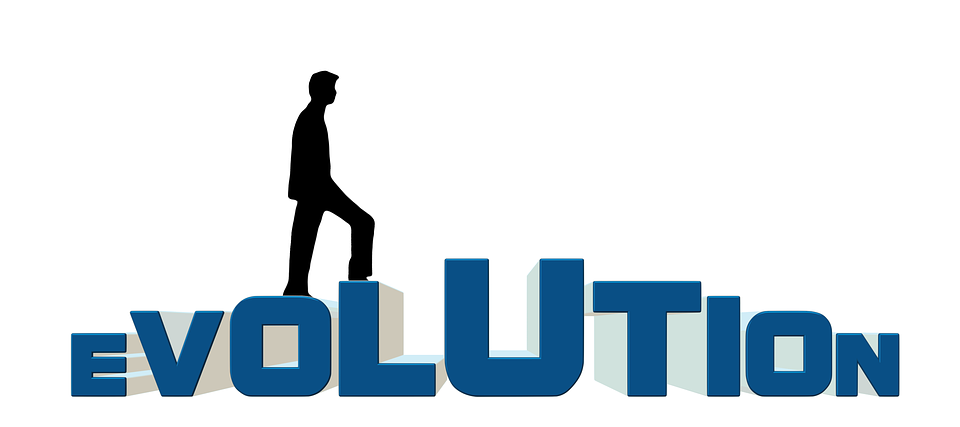Evolutionary design process model EDPM

|
Contents |
[edit] Introduction
Design is the realisation of an idea, or the resolution of requirements, through means of communication such as drawings, plans, specifications and models. These can then be used to enable items to be created or issues resolved.
Design can be understood as the projection of what is proposed before it is produced. The process of developing alternative solutions for what is proposed helps facilitate decision making.
[edit] Design through evolution
The evaluation of different design solutions involves sense testing, modifying and redesigning. This is an iterative processes that helps define constraints and requirements inherent in a particular design problem. This method of evaluation is sometimes referred to as the evolutionary design process model (EDPM).
Often used in software engineering, EDPM breaks the design process down into incremental stages and then builds on those stages. A series of small modifications or adaptations results in the generation of the next stage of the process.
The small modifications associated with EDPM can either transform the process or they can build on the original concept. In either instance, alternative design options adjust to changing circumstances. As a continuous or cyclical process, EDPM is thought to produce natural, iterative results based on an in-depth understanding of the design process and desired outcome.
[edit] Emerging designs
EDPM is based on the idea that designers can break down a design approach to develop multiple iterations of a concept. It is believed that this iterative approach feeds into the progression of the emerging design process by exploring - or exposing - possible problems that arise along the way. It also incorporates client changes throughout the process.
Information about the identification, analysis and resolution of any problem (or potential problem) serves as a form of feedback for the design team. It is added to the model, which is modified until a final, fully resolved design is produced.
[edit] Related articles on Designing Buildings Wiki
- Building design process.
- Case-based reasoning CBR.
- Chaos theory.
- Design process essentials.
- Double diamond design process.
- General design theory GDT.
- Value management techniques for building design and construction.
[edit] External resources
- Andres Gomez de Silva Garza and Mary Lou Maher, A process model for evolutionary design case adaptation.
- David C. Wynn and P. John Clarkson, Process models in design and development.
Featured articles and news
Independent Building Control review panel
Five members of the newly established, Grenfell Tower Inquiry recommended, panel appointed.
ECA progress on Welsh Recharging Electrical Skills Charter
Working hard to make progress on the ‘asks’ of the Recharging Electrical Skills Charter at the Senedd in Wales.
A brief history from 1890s to 2020s.
CIOB and CORBON combine forces
To elevate professional standards in Nigeria’s construction industry.
Amendment to the GB Energy Bill welcomed by ECA
Move prevents nationally-owned energy company from investing in solar panels produced by modern slavery.
Gregor Harvie argues that AI is state-sanctioned theft of IP.
Heat pumps, vehicle chargers and heating appliances must be sold with smart functionality.
Experimental AI housing target help for councils
Experimental AI could help councils meet housing targets by digitising records.
New-style degrees set for reformed ARB accreditation
Following the ARB Tomorrow's Architects competency outcomes for Architects.
BSRIA Occupant Wellbeing survey BOW
Occupant satisfaction and wellbeing tool inc. physical environment, indoor facilities, functionality and accessibility.
Preserving, waterproofing and decorating buildings.
Many resources for visitors aswell as new features for members.
Using technology to empower communities
The Community data platform; capturing the DNA of a place and fostering participation, for better design.
Heat pump and wind turbine sound calculations for PDRs
MCS publish updated sound calculation standards for permitted development installations.
Homes England creates largest housing-led site in the North
Successful, 34 hectare land acquisition with the residential allocation now completed.
Scottish apprenticeship training proposals
General support although better accountability and transparency is sought.
The history of building regulations
A story of belated action in response to crisis.
Moisture, fire safety and emerging trends in living walls
How wet is your wall?
Current policy explained and newly published consultation by the UK and Welsh Governments.
British architecture 1919–39. Book review.
Conservation of listed prefabs in Moseley.
Energy industry calls for urgent reform.




























